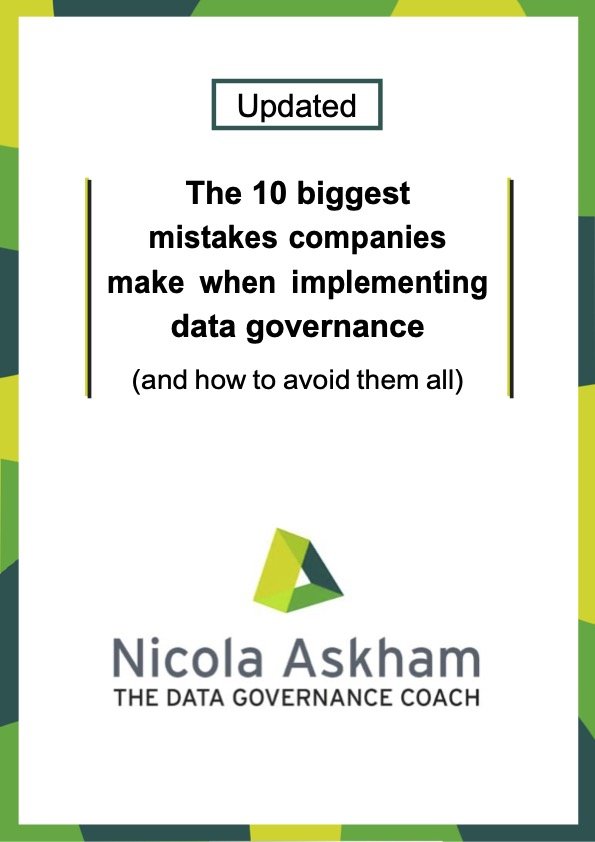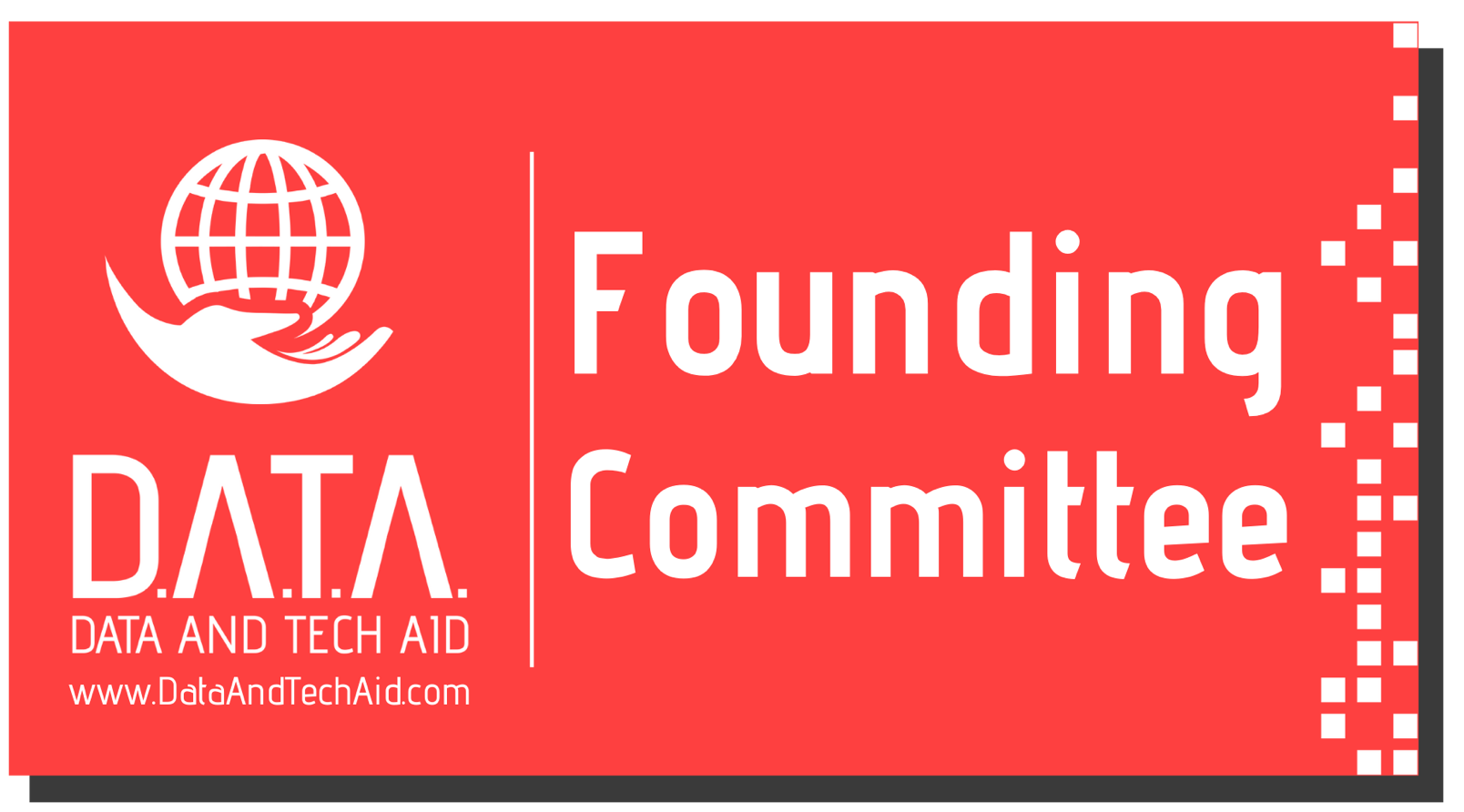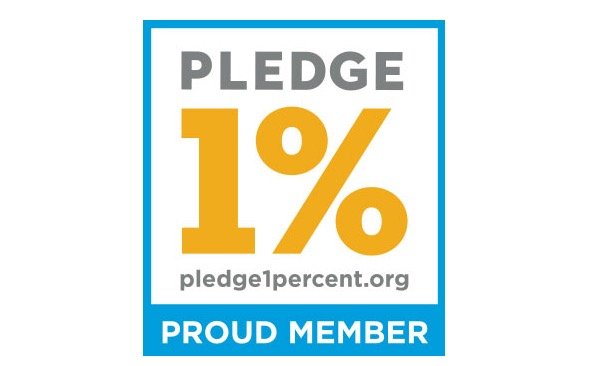Shared Environments
/I am very excited to introduce my first collaborative blog. I met Lisa Allen at the recent MDM and Data Governance conference in London. Lisa is the National Data Integrity Manager for the Environment Agency in the UK where she has successfully introduced data governance into the organisation.
When listening to her presentation at the conference two things immediately struck me. Firstly the sheer volume and diverse range of data that the Environment Agency manages (making the task of implementing data governance even more challenging than usual). Secondly how similar to me Lisa is, in both her enthusiasm and approach to implementing data governance.
Subsequent conversations with her have only reinforced that we both feel strongly that the people and cultural side is of the utmost importance when implementing data governance, but that it also always needs to be married with a healthy dose of pragmatism. So I am very pleased to handover to Lisa who is going to share some insights into her approach and some tips for success which I know you will all be interested in:
Thank you Nicola for that great introduction. I didn’t start out in data, but in the business. I’ve worked in many departments of the Environment Agency over the years doing various jobs from keeping our rivers clean to regulating waste sites. I came to our data department three years ago. My time spent in the business was fundamental to understanding my organization’s data and its culture; this has helped me refresh our approach to data governance.
The Environment Agency job is to look after your environment and make it a better place. Therefore, we collect and rely on lots of data! In the past, if you asked our senior managers who looked after the data, they would have probably said the data department. We’ve worked with our senior managers over the last few years so if you asked them the that question today, they would say they are ultimately accountable.
How have we done this? Here are my top tips:
1. Find the business owner that cares about the data. This is not the IT department.
- We based our governance structure around how we are already structured; go with the grain of your business.
- Look for the most senior person the Chief Executive will look to if anything goes wrong in that area, this is your data owner.
- We call our data owners custodians. Don’t be hung up on terminology, instead find the names that suit your organization.
- Show them what their accountabilities are. This includes their IT systems, data, models and data products (i.e. why they collect the data)
- Give them ownership and articulate the benefits of treating data as an asset.
- If no one will take ownership over data or an IT System, then you can delete it. If they really care, then they will come forward to claim it.
2. Get the buy in of senior management.
- You need buy in from both the Directors and the Board. With their endorsement to do the work, you’ll have the highest level sign off you can get.
- You’ll also need your custodians buy in. Once they are on board this can become self sustaining.
3. Data Integrity is not additional to the day job, it is the day job!
- All your business decisions are underpinned by your data. If your data isn’t right, what does this say about your decisions?
4. Get the right team to drive this. Without momentum, this will quickly fade and return to a grassroots initiative sustained by hard working individuals who fix problems but never have the seniority to make the changes needed permanently. The right team to drive this need a number of skills:
- They must be able to articulate the benefits;
- They must make data fun! Most people see it as boring. Get your team to bring it to life with real examples drawn from inside and outside the organisation;
- They must translate technical speak into something the custodians understand;
- They must be able to adapt, between people, examples and methods of communication;
- They must listen, lead, be creative and pragmatic;
- They must never, never, never give up! You will get setbacks, but keep going. This will take a team with great tenacity.
5. Benchmark your data management maturity– know what your issues are and get plans in place to address them
- How do you know where you’re going if you don’t know where you are? You need to look at applying a data management maturity model. Benchmark this at least yearly and put plan in place to address the gaps.
6. Share your maturity results with senior managers
- Once you’ve benchmarked, share the results with your senior managers. You can show progress over the years and where your organization needs to focus.
7.Be honest- if there’s no progress, tell them!
- This isn’t something you can fix alone. There’s a fine line between helping and taking on others’ responsibilities. The custodians must feel accountable and not you. Remember, this is a journey to change the culture and you cannot fix it alone. But, if you keep going, you will make a difference and your organization will come to value data as an asset.
My free report reveals why companies struggle to successfully implement data governance. Discover how to quickly get you data governance initiative on track by downloading this free report








